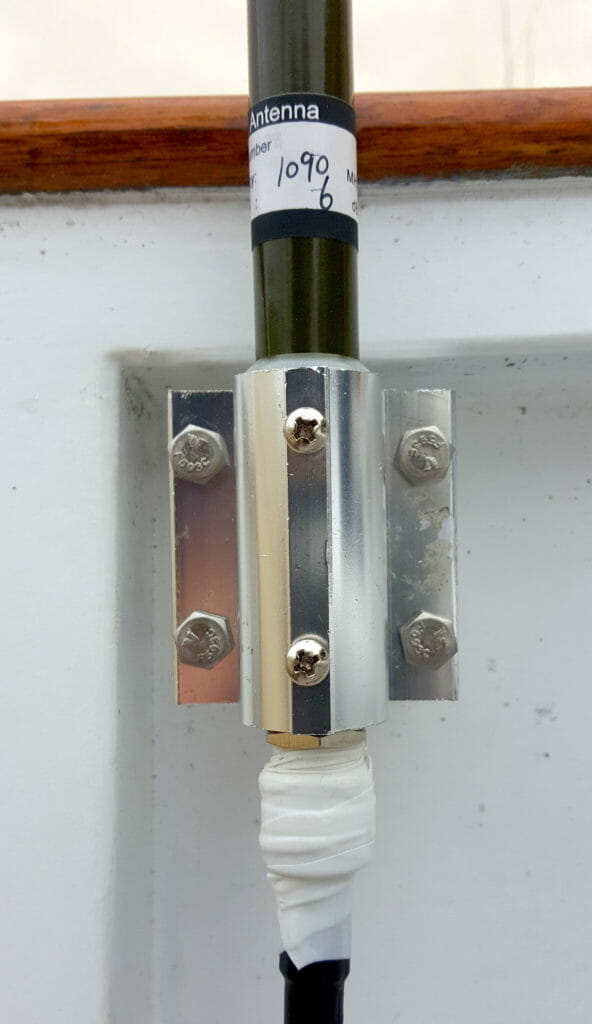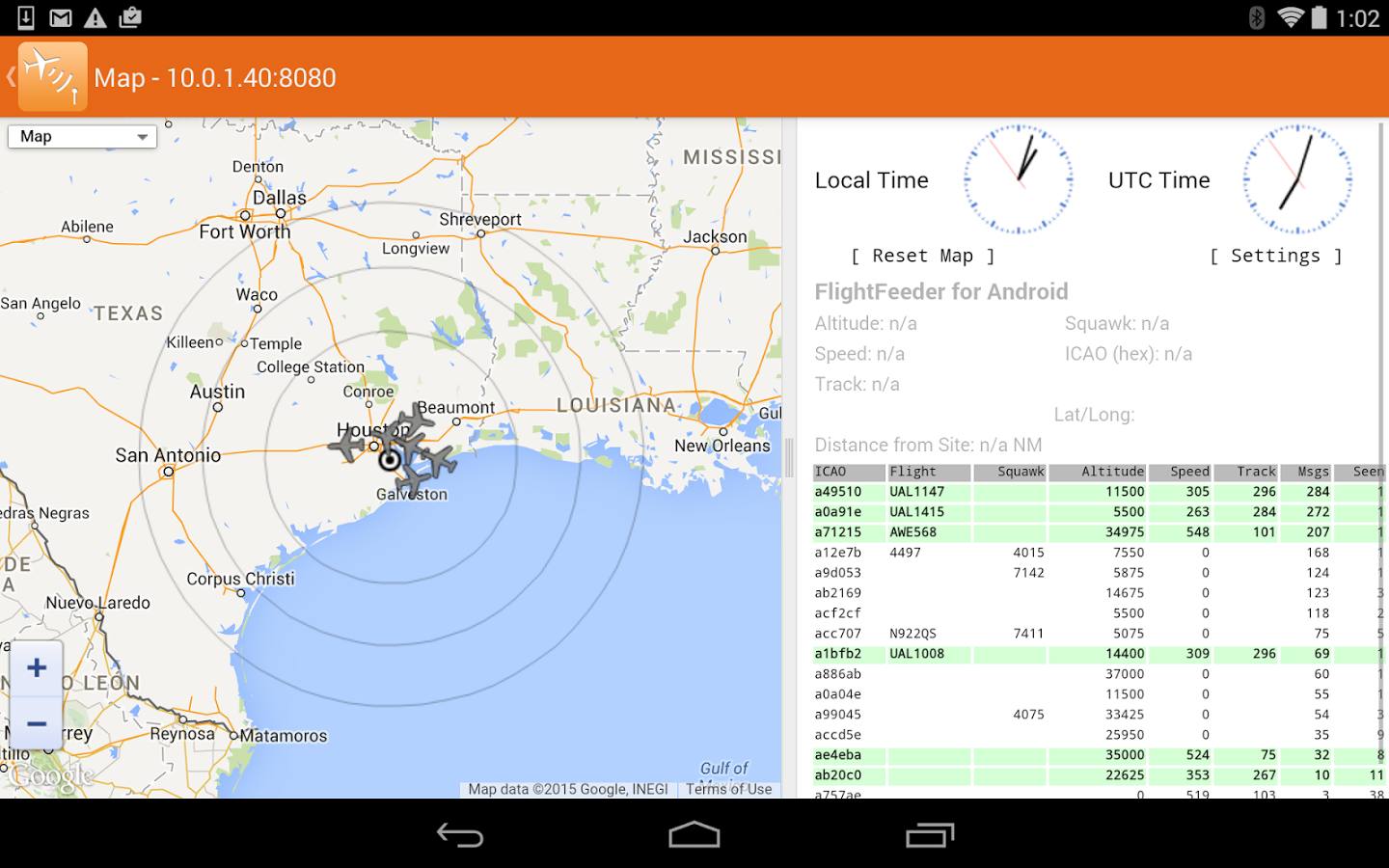

Now acarsdec is available, and works incredibly well. Even fast scanners listening to only a few radio channels could capture only a portion of the messages transmitted. As well, since there are well over a dozen possible AM VHF aviation/airband channels where ACARS might be found, it was a real nuisance to scan. Used to be one had to set up an AM aviation receiver or scanner and feed the audio output into a computer soundcard to receive and decode the 2400 baud ACARS packets. More on the Deep Space Network is available here, including a little narration from my former section manager, Dr Al Bhanji! australia canberra deep space network DSN jpl madrid nasa robledo southern hemisphere spain tidbinbilla uranus voyager 2ĪCARS (Aircraft communications and reporting system) monitoring has never been easier. That extra gain meant more images and science data coming back from Uranus!

Why go to all that trouble for a measly 1.5 dB? Voyager 2 was on the extended grand tour phase of its trip, and emerald Uranus was coming up in 1986. I think we were able to achieve better than 1.5 dB. Given that each DSS had a 64 m, 34 m, and at least one 26 m dish, it was possible to get nearly 1.6 dB gain over the 64 m dish alone. The BBA digitized the baseband signal from each antenna, then ran it through a correlator, and summed together the signals.
#PIAWARE BETTER THAN PLANEPLOTTER FULL#
My trip was to lead the installation and test of the Base Band Array (BBA), two “NASA-blue” 7′ high rack-fulls of a state-of-the-art signal-processing system that would allow the real-time combining of received radio signals from each antenna at a site, and provide nearly the full signal gain that was possible. This JPL site discusses the advantages and disadvantages of the HA-DEC. The 64 m dish was subsequently embiggened to 70 m.

In the above picture of the site at Tidbinbilla, the 64 m dish is center right, while the 34 m HA-DEC (hour angle / declination) dish is to the left. Along the way got to see some neat things, including the Southern Cross, the Magellanic Clouds, the lack of a southern polar star, kangaroos, more cockatoos than I’ll ever need, and the other two Deep Space Stations, DSS-40 (Tidbinbilla, Australian National Territory) and DSS-60 (Robledo de Chavela, Spain). Left LA the last day of June, didn’t return home until mid-September. In 1985 I had the opportunity to travel around the world for the NASA Deep Space Network (DSN). Today I’ll finish this up and put it in an enclosure.įTDI GlobalSat gps SiRF Star III USB hub USB-to-Serial The 63/37 solder seems to dilute the RoHS solder and make it easier to remove with the solder sucker. I use a solder sucker to remove the existing solder, but have found it’s quite difficult with the RoHS solder used nowadays. To that end, yesterday I bought a new tip for the soldering station, and more 63/37 solder. The most difficult thing so far has been removing the excess USB paraphernalia and cleaning up the board. The 3′ USB hub cable still needs to be replaced with a 6′ version, and I think I’ll remove the RP-SMA connector from the side of the TP-Link and directly connect the coax to the board. The TP-Link dual-band antenna is quite good and so I’ll be keeping that. The GlobalSat EM-406A (SiRF Star III) modular GPS is at the left, with its built-in antenna the white/beige square the TP-Link dual-band Wi-Fi dongle has been reduced to just the board, and as well I removed the USB connector to reduce the length the USB hub has had the two dual-port USB assemblies removed to reduce height and all the former USB connections have been reduced to bits of ribbon cable.

Here’s the setup without all the excess plastic. I finally took some time on Saturday to get rid of the fat, i.e., all the individual plastic housings, the USB connectors themselves (physically large and limited my layout options), and am about to repackage the whole thing into a single weathertight enclosure that can either be attached via magnets to the top of the rental cars or carried in a backpack/fannypack as I walk around an area. I had a cheap USB hub, a TP-Link dual-band Wi-Fi stick, and an EM506 GPS receiver. As you may remember, several weeks ago I wrote about my soon-to-be wardriving setup that centered around my new TW700 Winbook.


 0 kommentar(er)
0 kommentar(er)
